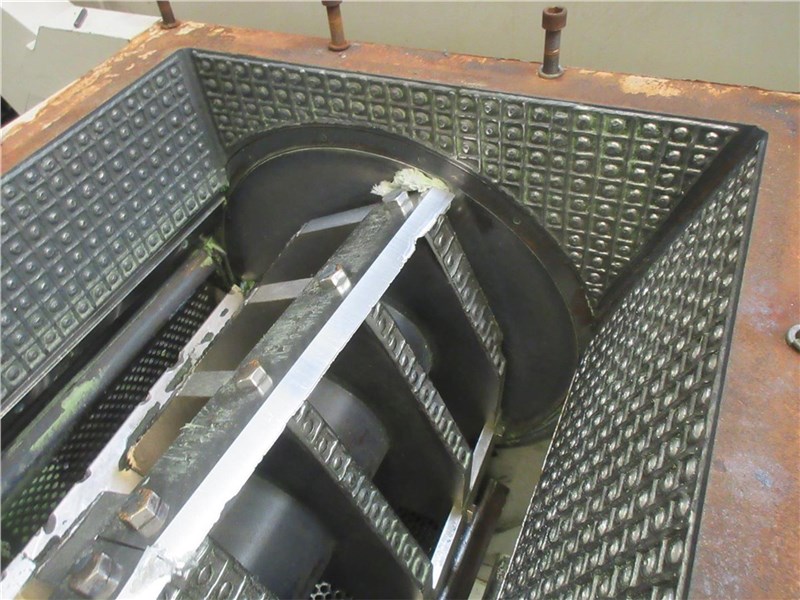
So you are interested in a granulator? Below are a few things we would like to know to help select the best machine for the job.
What is it that I need to Granulate?
It’s best to know that type of material. For example, is my material ridged and thick walled? Or, is my material thin walled and a soft material? In a lot of instances your feed stream of material will very. It is best to get a handle on the percentages of each type that you will need to grind to help decide out large a machine you need. Knowing the specific material types, and if there are any fillers in the material will also be important. These factors will play a large part in deciding the horsepower (hp) requirement of the granulator and what rotor is in the machine.
What form is the material in from the start?
Physical size and shape are obviously important. Knowing the physical size will help determine the chamber dimensions. The shape of the chamber and quantity of fly knives also will come into play. Hopper dimensions and angles must also be considered to insure proper feeding of the machine.
Another important question we would like to know is your target throughput rates. Knowing your pounds per hour (lbs/hr) requirement beforehand will be beneficial when trying to size the correct machine for the job.
How do you intend to feed the machine? Will the machine be hand fed, require a conveyor? And what do you want the end product to be?
Granulator regrinds can be changed by simply changing the screen. Common sizes are ¼-1” and larger. It is important to consider what the next step is when choosing a screen and regrind size. Also, the evacuation method must be considered. This can range from manual bin discharge, suction or push blower, or Flat belt and auger conveying systems.
